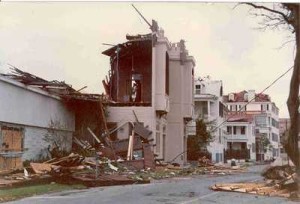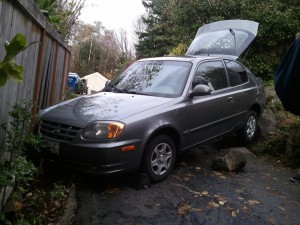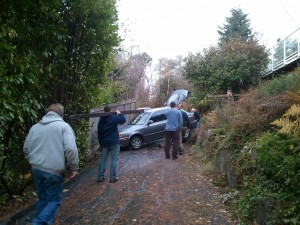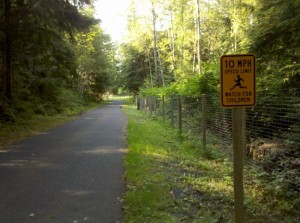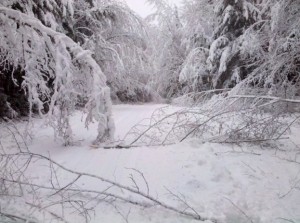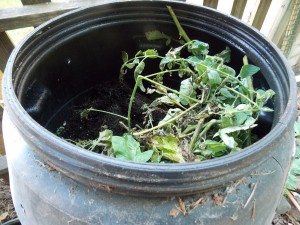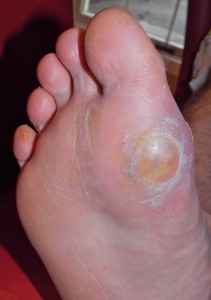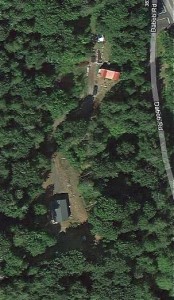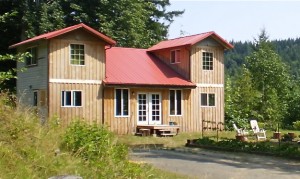by Nick Romaniello
I was saddened by the news recently that my aunt, Joann Green, had passed away. I don’t intend to hijack a prepping blog to eulogize a family member, but as I reflect on her life I recognize her as one of the first people I know who prepped, and as someone who had occasion to confront the disaster scenarios that we discuss here.
In 1989, my aunt, along with her husband and mother, survived when Hurricane Hugo devastated Charleston, SC. As workers in the insurance industry, they were kept busy after the storm helping others put their lives back together while dealing with their own hardships. I only saw the devastation in pictures, but they had to live and work through it. Watching from the safety of Pittsburgh, my 10-year-old mind could barely imagine it.
About three years later, my mother and I moved to Charleston. We stayed for a time at the new home my aunt and uncle were building after the storm destroyed their previous house. I was fascinated by some of the things I saw that we now call “preps”. The house was built on pilings seven feet above the ground, to protect it from the storm surge of a future hurricane. Pre-cut plywood panels were designed to slip into brackets over the windows to allow for fast securing against flying debris and looting. A room beneath the house was filled with candles, food, jugs of water and other necessities. They were ready for the next storm.
Despite being politically liberal (as am I for the most part) they were also the first people I knew to keep firearms for home defense. Their new home was remote–the closest police station was over a half hour away–that took all of the politics out of gun ownership, leaving only a practical decision to protect themselves in the absence of timely professional help. When my uncle passed away and my aunt remained there by herself, a .410 Remington and a loyal dog were her first line of defense.
Eventually, my globally minded aunt left her rural home to travel the world teaching English. Abroad, she encountered many more disaster scenarios that preppers muse about. A bank collapse while residing in Argentina left many residents rioting without access to their money. Recently, she lived (and remained) in Tunisia throughout the fall of the government that launched the “Arab Spring” of region-wide civil unrest and loss of public services. Rented apartments, varying international laws, and regular relocation prevented the hoarding of supplies and firepower that are sometimes the basis of prepping in the US, but she still 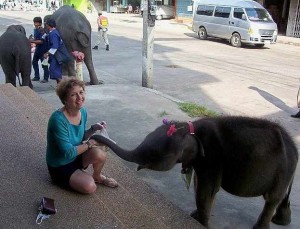 managed to sail through these and many other crises relatively unscathed. Her kind personality gained her friends anywhere she went so there was always a strong support network that would be lost to the isolationist. Simple living, mobility, adaptability, and above all a calm and rational demeanor, allowed her to roll with the punches of any situation and get through with a smile and another good story to tell.
managed to sail through these and many other crises relatively unscathed. Her kind personality gained her friends anywhere she went so there was always a strong support network that would be lost to the isolationist. Simple living, mobility, adaptability, and above all a calm and rational demeanor, allowed her to roll with the punches of any situation and get through with a smile and another good story to tell.
As a traveler myself she was my definitely my biggest role model, but as a prepper I learned a lot from her too. She demonstrated to me the value of preparing ahead of time, and remaining adaptable and open-minded above all. She not only endured through, but thrived in many trying times. She showed by her example that life is not merely to be survived, but to be lived as a gift with more optimism than fear.

